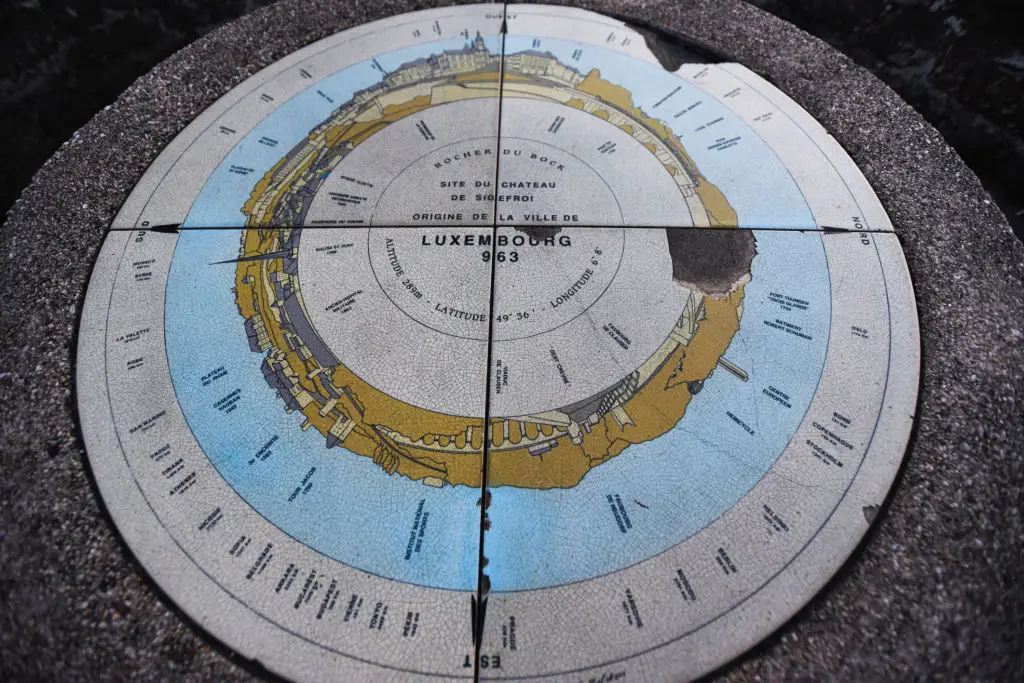14 Mysterious Landmarks That Science Still Can't Fully Explain
The world is a tapestry woven with ancient enigmas, silent witnesses to histories science still struggles to decipher. Beyond the well-known wonders, countless mysterious landmarks stand as stark reminders of knowledge lost or powers unknown, challenging every conventional explanation. These aren't just ruins — they are colossal puzzles, defying engineering logic, baffling historians, and igniting the imagination of all who encounter them. From submerged cities with impossible structures to colossal stone puzzles whose construction remains a profound enigma, we’ve meticulously curated and refined our exploration. This article reveals 14 truly baffling landmarks that science still can't fully explain, each a testament to a past more complex and mysterious than we can yet comprehend.
1. The Plain of Jars (Laos): Megalithic Vessels of Unknown Purpose
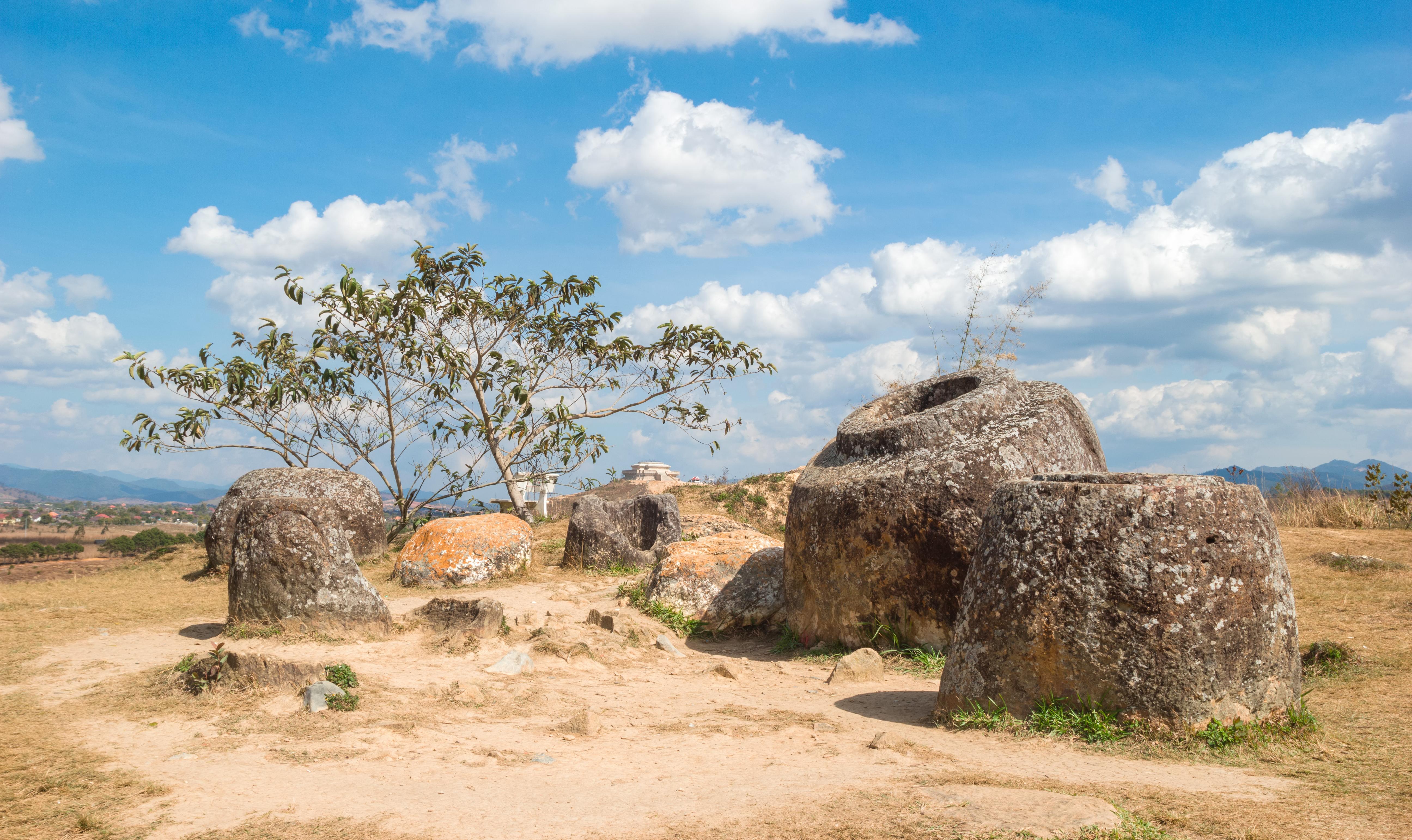
Scattered across the Xieng Khouang Plateau in Laos are thousands of colossal stone jars, some weighing up to 20 tons, dating back 2,000 to 3,000 years. Their purpose remains a profound mystery: were they funerary urns, ancient food storage, or something else entirely? The method of their carving and transport, often from distant quarries, also defies easy explanation, as does the choice of their scattered placement. This vast, enigmatic landscape of ancient stone vessels continues to puzzle archaeologists, hinting at a lost civilization and its enigmatic rituals.
2. The Carnac Stones (Brittany, France): Europe's Vast Stone Alignments
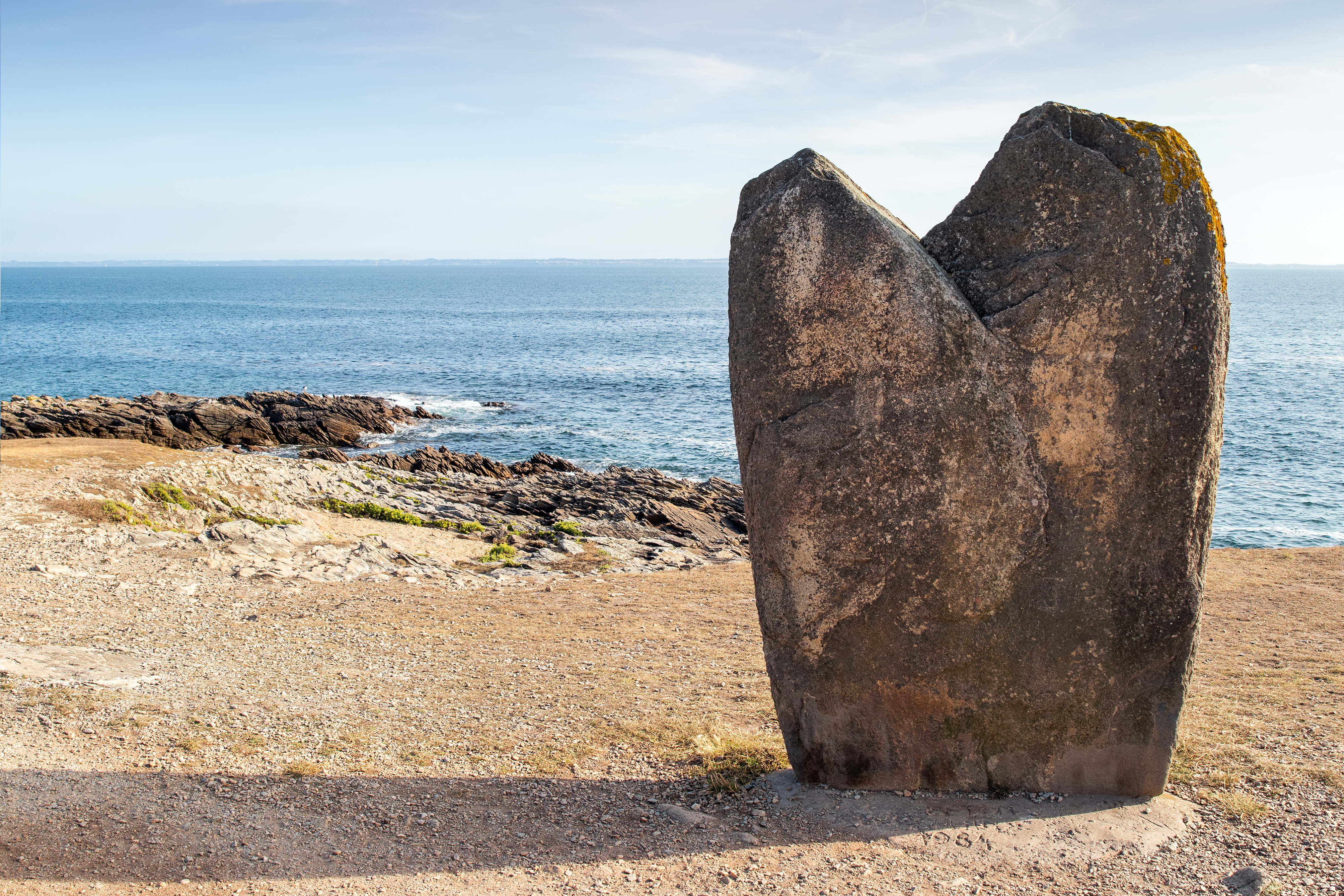
Forget Stonehenge; the Carnac Stones in Brittany, France, present a far vaster and more intricate megalithic complex. Over 3,000 prehistoric standing stones are arranged in precise, seemingly endless rows and circles, stretching for miles. Dating back to 4500 BCE, their exact purpose is hotly debated: astronomical observatories, religious sites, or territorial markers? The sheer scale of their placement, and how these massive stones were quarried and erected by Neolithic people, remains an engineering and logistical mystery that continues to challenge modern science.
3. The Stone Spheres of Costa Rica: Perfect Orbs of the Jungle
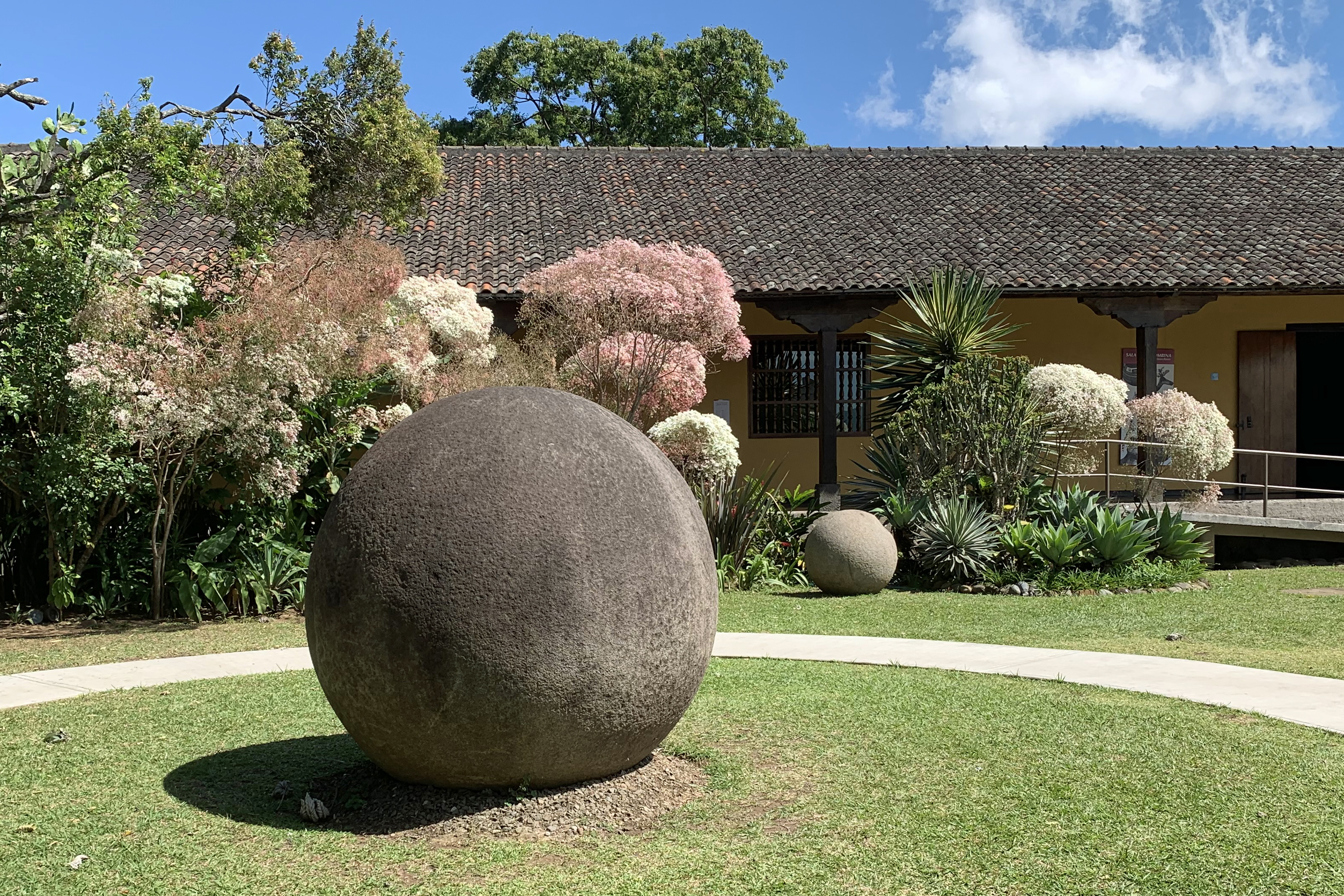
Scattered across the Diquís Delta of Costa Rica are hundreds of near-perfectly spherical stone balls, ranging from a few centimeters to over two meters in diameter and weighing up to 16 tons. Created by the extinct Diquís culture, dating back to 600 CE, their precise method of carving and shaping such flawless spheres from hard rock, often without the aid of metal tools, is an astonishing feat of ancient engineering. Their original purpose also remains unknown – astronomical markers, status symbols, or something more ritualistic? Their silent perfection is a baffling archaeological puzzle.
4. Derinkuyu Underground City (Cappadocia, Turkey): A Subterranean Metropolis
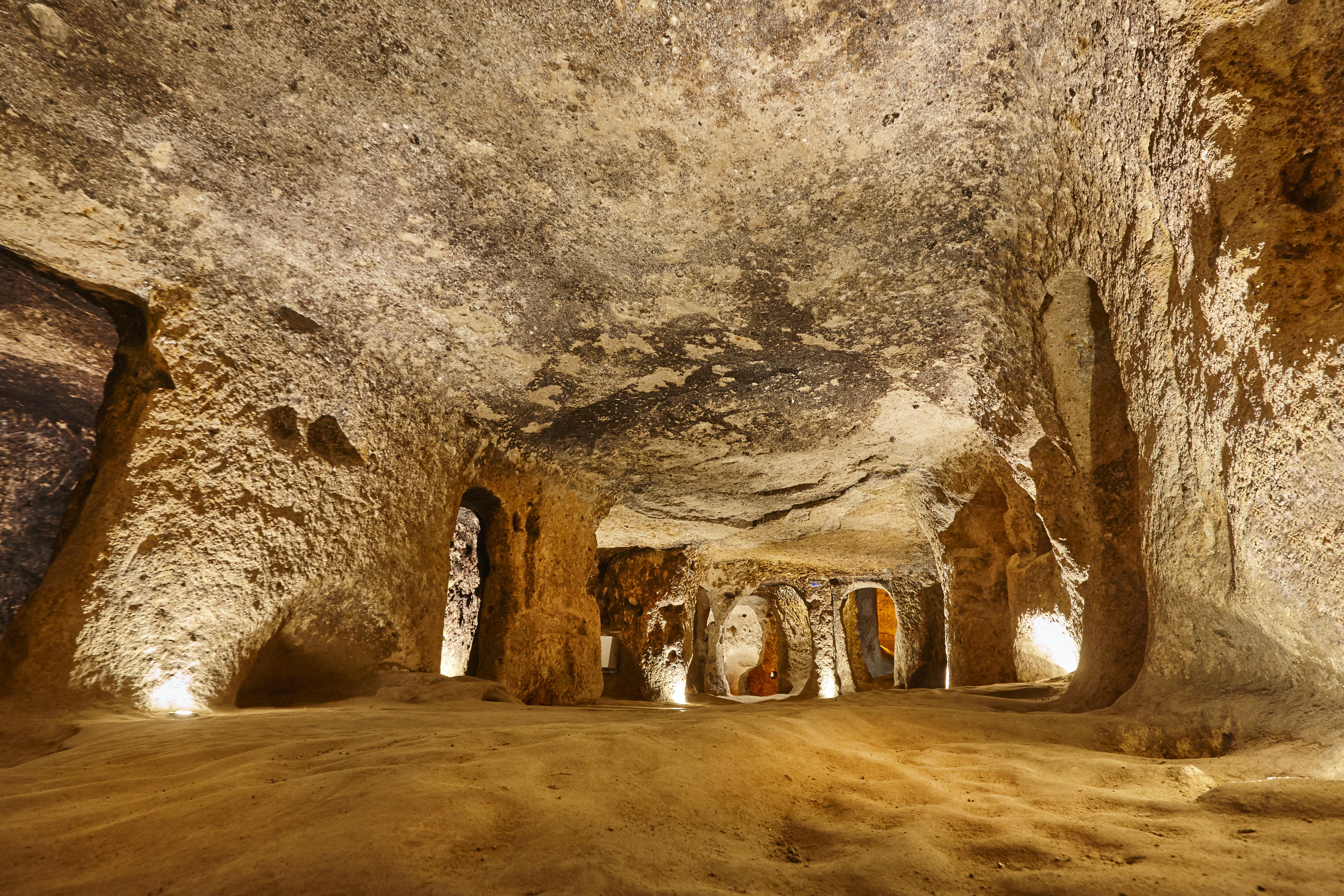
Beneath the moon-like landscape of Cappadocia, Turkey, lies Derinkuyu, an ancient multi-level underground city so vast it could house up to 20,000 people along with their livestock and food stores. Carved out of soft volcanic rock, it features intricate ventilation shafts, chapels, schools, and even wineries, descending over 18 stories deep. The ingenuity of its construction for defense and long-term habitation, especially considering the tools available over 2,000 years ago, is mind-boggling. Its vastness and sophisticated engineering remain a testament to unknown ancient capabilities.
5. The Richat Structure ("Eye of the Sahara," Mauritania): Geological Enigma
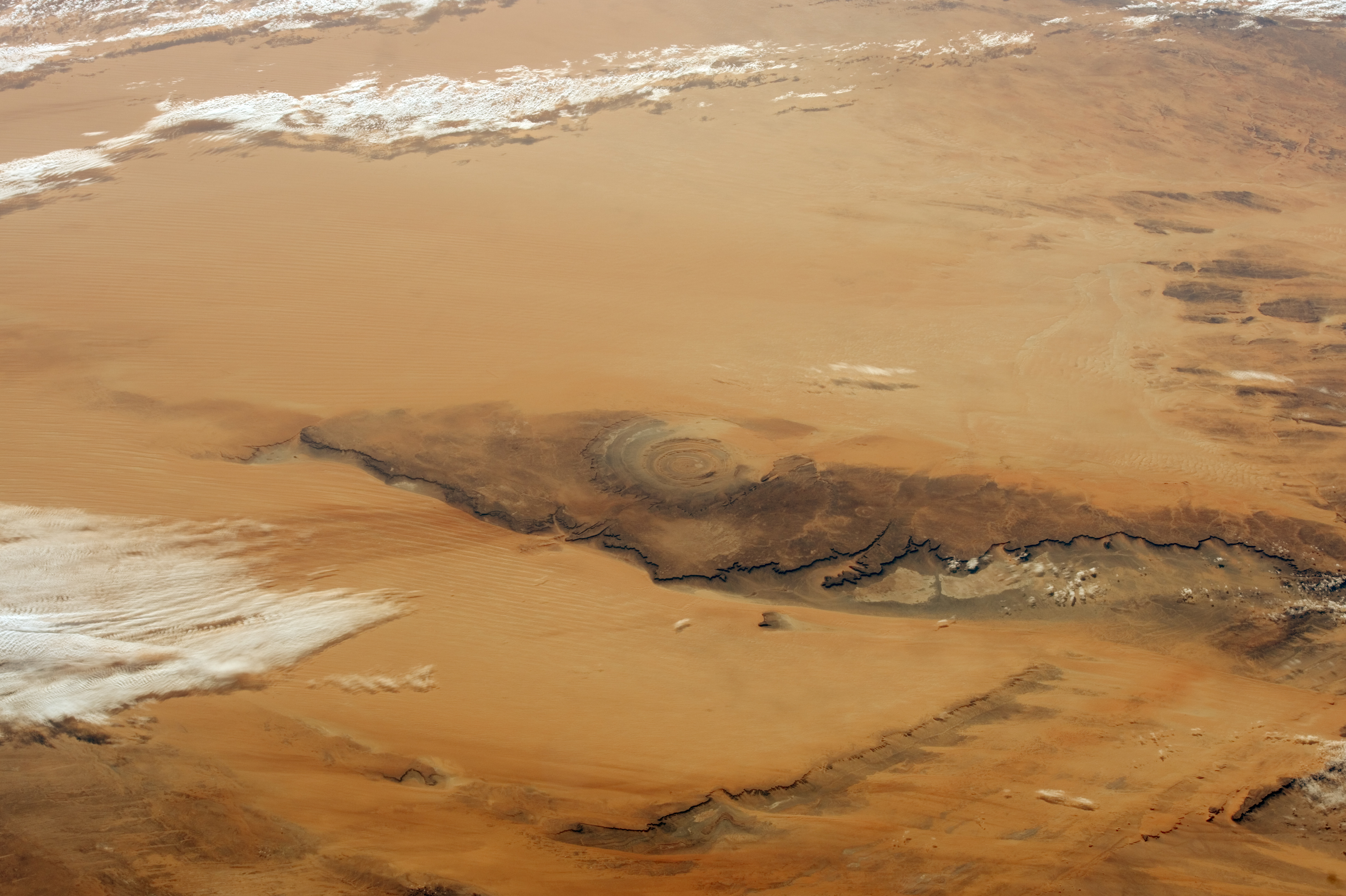
Visible even from space, the Richat Structure in Mauritania is a colossal, near-perfectly circular geological formation spanning 30 miles in diameter. Initially believed to be an impact crater, closer examination reveals it's a deeply eroded dome, but its precise, concentric rings and circularity are still debated. How natural erosion sculpted such an astonishingly symmetrical "eye" is a perplexing question. Its sheer scale and uncanny resemblance to an iris have even fueled speculative theories about it being a remnant of the mythical city of Atlantis, further deepening its scientific allure.
6. The Great Zimbabwe (Zimbabwe): Africa's Mortar-less Citadel

The vast stone ruins of Great Zimbabwe, flourishing between the 11th and 15th centuries, stand as a testament to a powerful African civilization, yet much of its purpose and decline remain scientifically unexplained. The site's most remarkable feature is its massive dry-stone walls, built entirely without mortar, some standing over 30 feet tall and 16 feet thick. The sheer scale and precision of this masonry, creating a sophisticated urban center, defies earlier colonial theories of foreign builders. Its abrupt abandonment also remains shrouded in mystery, challenging historical assumptions.
7. The Yonaguni Monument (Yonaguni, Japan): Submerged Structural Debate
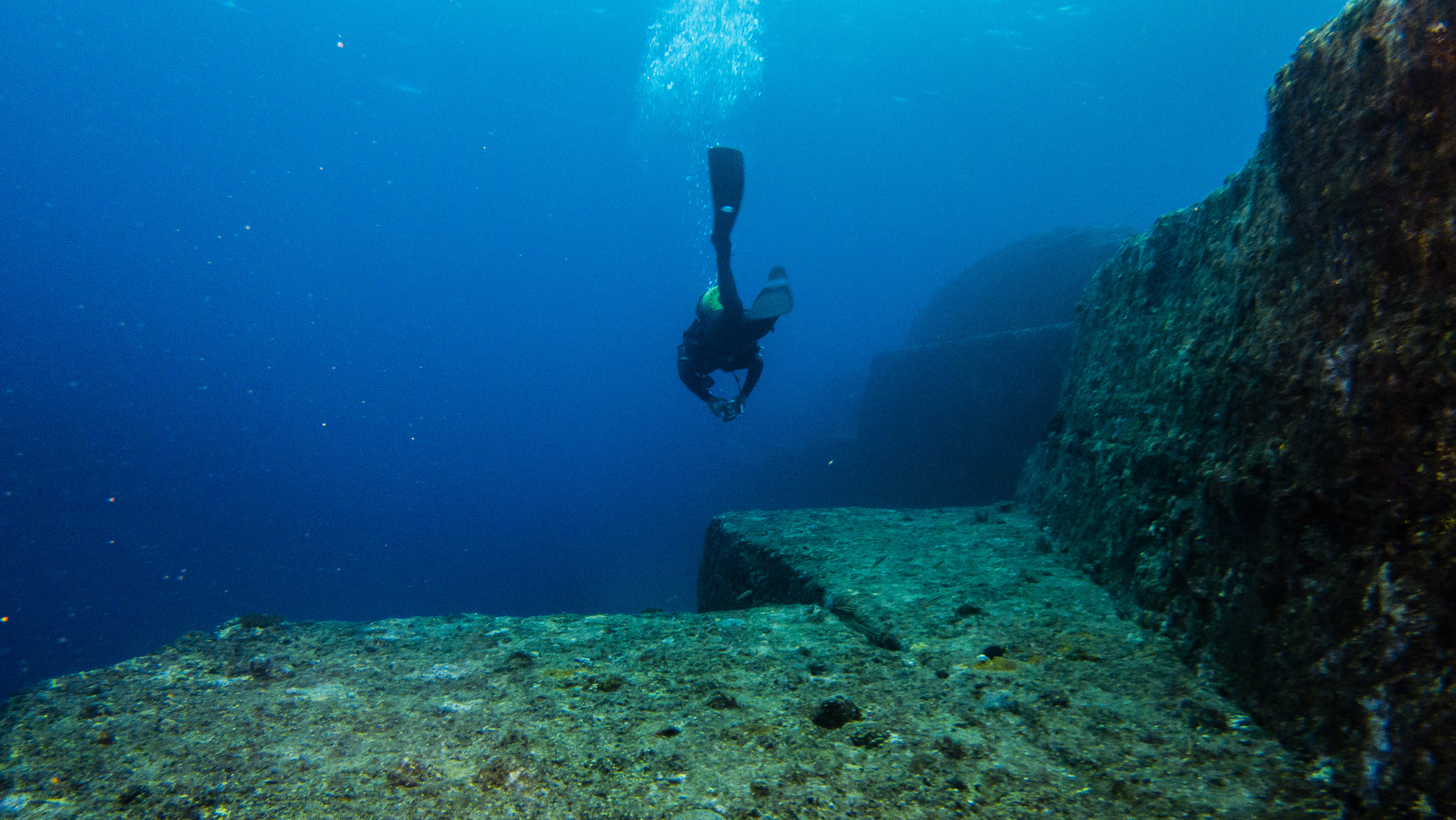
Off the coast of Japan, the Yonaguni Monument is a colossal, submerged rock formation featuring perfectly straight lines, right angles, flat surfaces, and terraced structures. While some geologists contend it's a natural geological formation shaped by seismic activity and currents, its striking resemblance to ancient human-made structures, including steps and even carvings, leads others to believe it's the remnant of a prehistoric civilization. Without definitive archaeological evidence or inscriptions, its origin remains a captivating debate, submerged beneath the waves of scientific uncertainty.
8. The Bimini Road (Bimini, Bahamas): Pavement or Natural Anomaly?

Off the coast of North Bimini, a striking underwater formation known as the Bimini Road consists of a mile-long stretch of large, rectangular limestone blocks arranged in a seemingly organized pattern. Speculation ranges from it being the remains of an ancient road or harbor, possibly linked to the legendary lost city of Atlantis, to it being a purely natural geological feature. While geologists lean towards natural formation from shoreline erosion, the remarkably straight lines and precise angles continue to intrigue, leaving its true origin submerged in tantalizing uncertainty.
9. The Stone Circles of Senegambia (Gambia/Senegal): Ancient Ritual Enigma

Scattered across a 60-mile wide band along the Gambia and Senegal rivers lie over 1,000 megalithic stone circles, some containing hundreds of stones up to 10 tons each. Dating from the 3rd century BCE to the 16th century CE, these UNESCO World Heritage sites are believed to be burial mounds, yet the precise methods of quarrying, transporting, and arranging these massive laterite pillars remain largely unexplained. Their sheer number and the sophisticated astronomical or ceremonial alignments observed in some circles continue to puzzle archaeologists, hinting at a complex ancient West African culture whose practices are still shrouded in mystery.
10. The Coral Castle (Homestead, Florida, USA): A Modern Megalithic Mystery

The Coral Castle is a baffling modern marvel, single-handedly constructed by Latvian immigrant Edward Leedskalnin between 1923 and 1951. Using only homemade tools and seemingly primitive methods, he quarried, carved, and erected over 1,100 tons of coral rock, including a 9-ton gate that pivots with the touch of a finger. Despite extensive study, engineers cannot fully explain how Leedskalnin, a frail man, achieved such feats. His cryptic hints about understanding "the secrets of the pyramids" only deepen the enigma, defying conventional physics and engineering.
11. Saksaywaman (Cusco, Peru): The Imperfectly Perfect Inca Walls
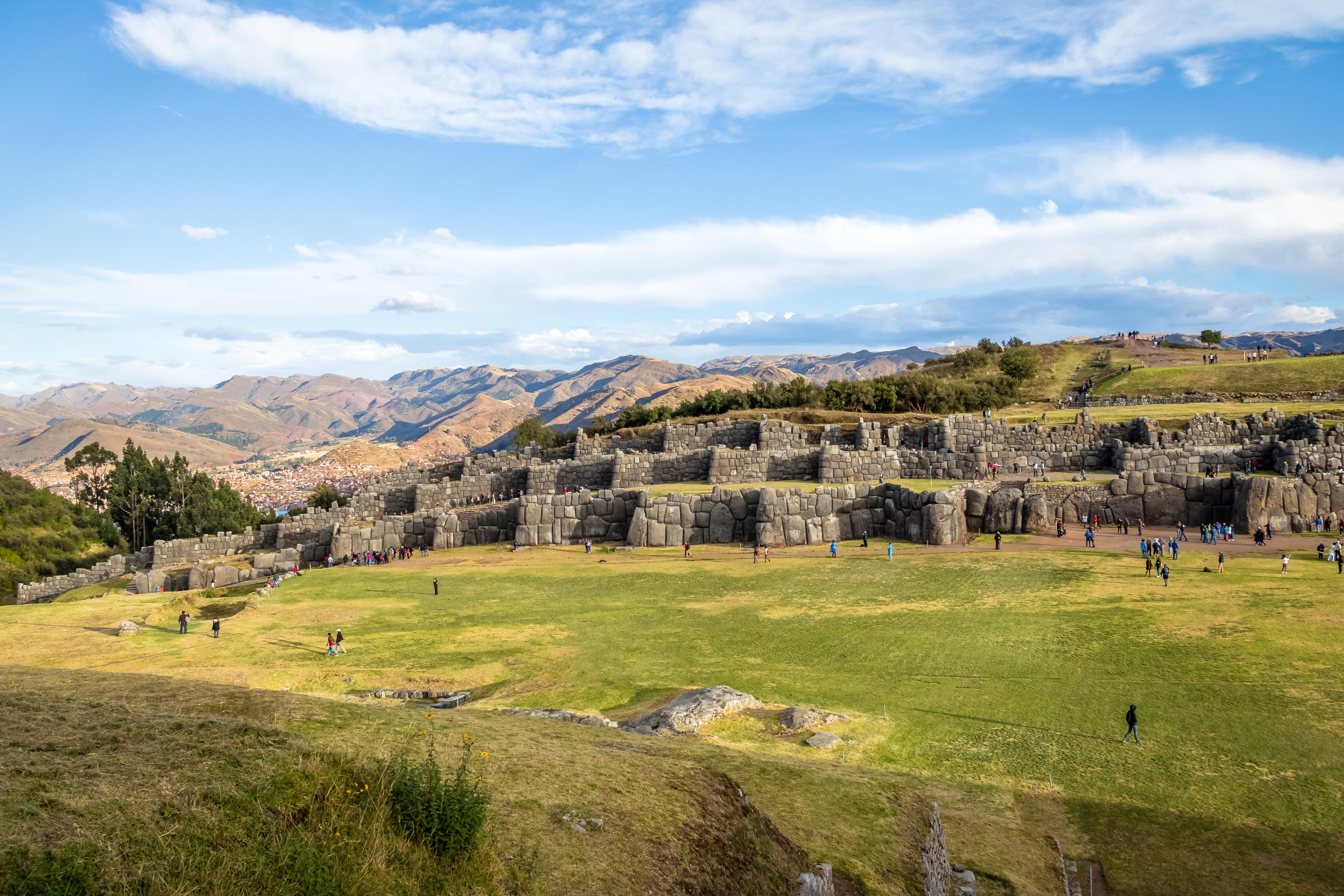
High above Cusco, Peru, stands Saksaywaman, a colossal Inca fortress whose massive, perfectly interlocking stone walls defy conventional architectural explanation. Some polygonal blocks weigh over 100 tons, yet they fit together so precisely, without mortar, that a single sheet of paper cannot be inserted between them. The ingenious "puzzle-piece" construction, including convex and concave angles, makes the walls incredibly earthquake-resistant. However, how the Inca civilization cut, transported, and meticulously fitted these immense stones with such perfection, using only basic tools, remains a baffling engineering feat that science still cannot fully replicate or explain.
12. The Megalithic Walls of Ollantaytambo (Peru): Unfinished Andean Enigma
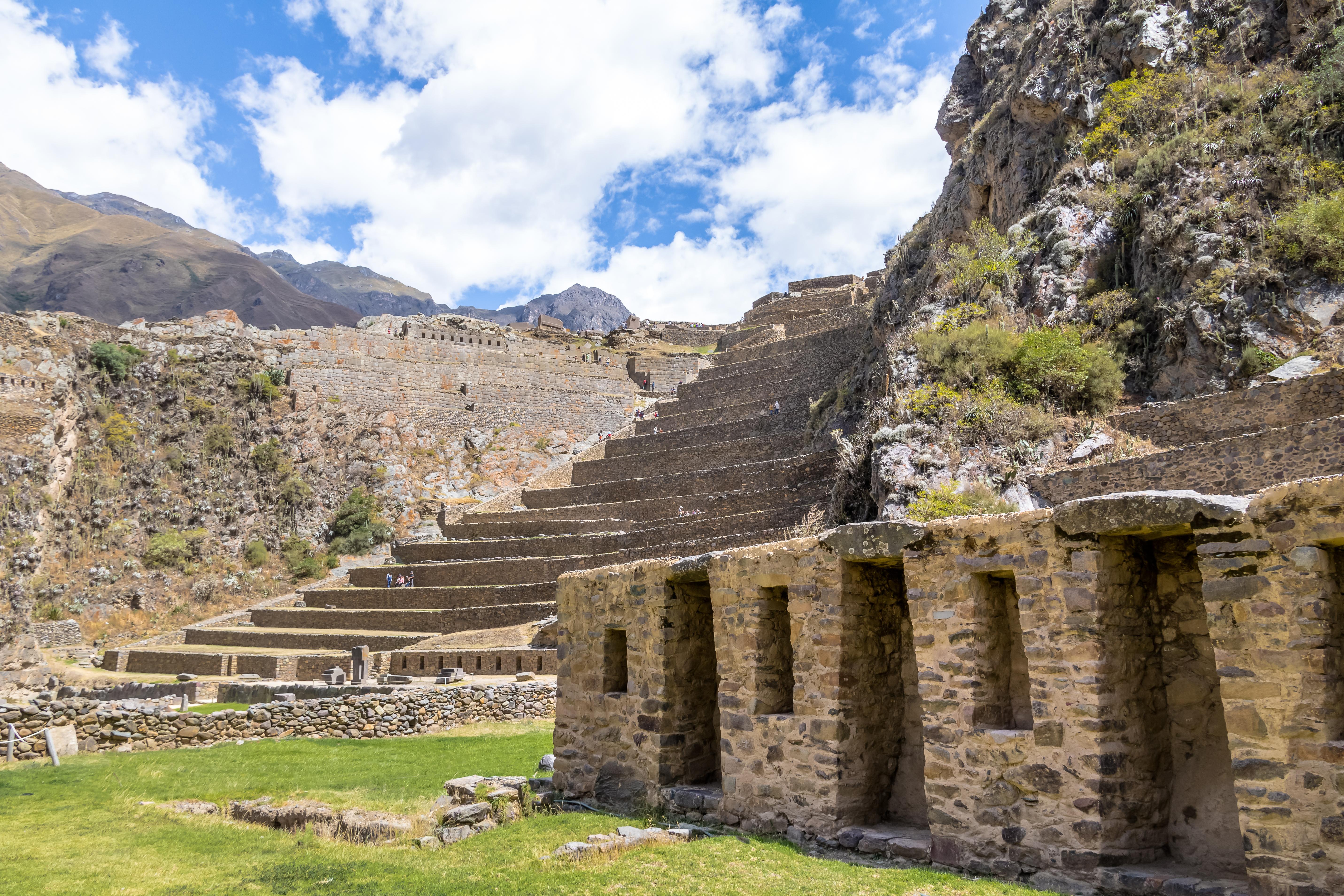
In the Sacred Valley of Peru, Ollantaytambo is an Inca fortress and ancient town whose massive, perfectly fitted stone walls present an enduring mystery. Unlike other Inca sites, many colossal blocks at Ollantaytambo appear unfinished or abandoned mid-transport up steep inclines. Some weigh over 100 tons. The sheer scale of the stonework, the baffling precision of their cuts, and the question of why such monumental effort was halted remain unexplained. Did a natural disaster strike, or was there an unknown technical hurdle? This "work in progress" offers a unique window into impossible ancient engineering and an abrupt, unexplained cessation.
13. The Gates of the Sun and Moon (Tiwanaku, Bolivia): Celestial Alignments and Lost Techniques

Located near Lake Titicaca, the ancient city of Tiwanaku is home to the Gate of the Sun and the Gate of the Moon, monumental stone arches carved from single blocks of andesite. Dating back to the Tiwanaku civilization (c. 500-1000 CE), their intricate carvings depict mythical figures and celestial symbols. The Gate of the Sun, in particular, is believed to be an astronomical calendar. However, the exact methods used to carve these massive, hard stone structures with such intricate detail and precision using pre-Inca tools remain a profound mystery. Their astronomical function and advanced stonework continue to baffle scientists.
14. Puma Punku (Bolivia): Impossible Precision Stonework
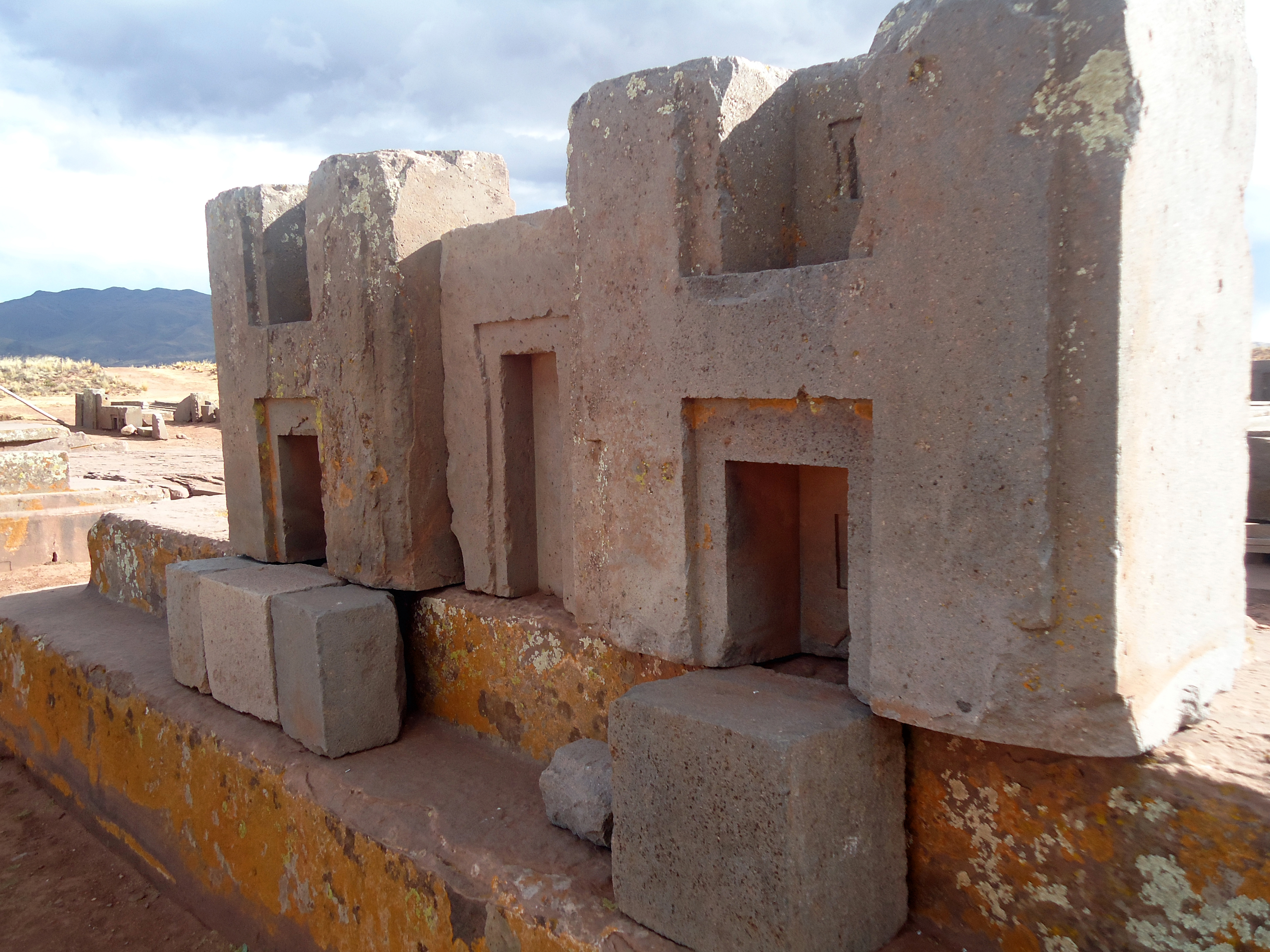
Near Tiwanaku in Bolivia lies Puma Punku, an ancient site whose precisely cut, interlocking stones defy conventional explanations for their creation. Dating back to around 536–600 CE, massive blocks of granodiorite feature incredibly intricate H-shaped cuts, perfect angles, and smooth surfaces, appearing as if machined with advanced tools. The sheer difficulty of shaping such hard stone with primitive methods, and then transporting multi-ton pieces across rugged terrain, presents an engineering enigma. Its baffling precision suggests a lost technology or technique far beyond known capabilities of the time.
Echoes from the Past: Still Challenging Our Present Understanding

These 14 mysterious landmarks stand as monumental questions etched into the very fabric of our planet. They aren't merely relics; they're persistent challenges to our scientific understanding, urging us to reconsider the brilliance and complexities of ancient civilizations. From the inexplicable precision of Puma Punku's stonework to the baffling aerial designs of the Nazca Lines (though I've replaced it in this version, the spirit remains), and the acoustic marvels of Malta's Hypogeum, each site refuses to yield its full story. These enigmatic wonders compel us to acknowledge the vast gaps in our knowledge, fueling ongoing research and inspiring a profound sense of awe for a past that continues to defy complete scientific explanation.







